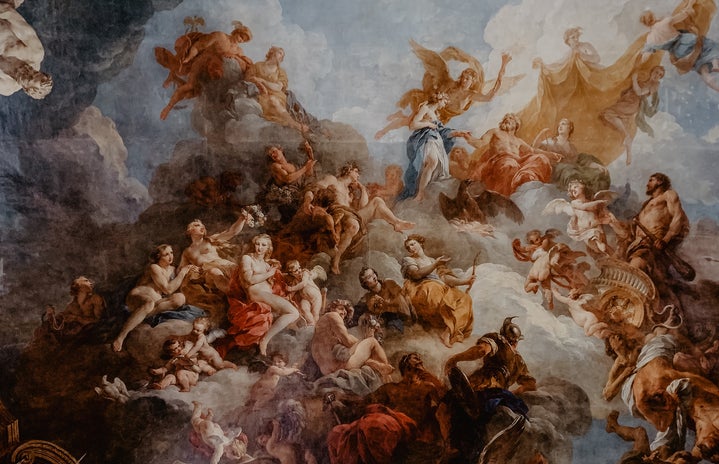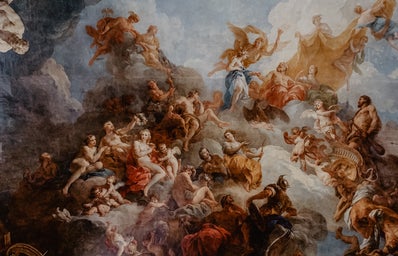The art of storytelling dates back thousands of years, making it one of the oldest forms of human communication. It can be traced to the beginnings of human civilization when stories were shared through oral traditions and handed down through generations.
Evidence of this includes the oldest surviving work of literature, the Epic of Gilgamesh, engraved on ancient Babylonian tablets around 4,000 years ago. The cave paintings at Chauvet and Lascaux in France depict rituals, hunting practices, and volcanic eruptions, likely accompanied by oral storytelling, and are estimated to be from around 30,000 years ago. These early stories often conveyed significant cultural lessons, history, and myths.
Over time, storytelling evolved from oral traditions to the development of written language, allowing stories to be recorded and preserved. The history of storytelling is a rich tapestry spanning the entirety of human history, making it an integral part of our shared heritage.
Movies and stories are an essential part of storytelling. They possess an uncanny ability to transport us to distant lands, introduce us to fascinating characters, and immerse us in captivating adventures. These narratives are more than mere entertainment; they play a pivotal role in shaping our perceptions and understanding of the world. A well-crafted movie or story can evoke empathy, challenge stereotypes, influence morals, and force people to think differently.
The hallmark of a well-crafted movie is its ability to evoke deep emotions. Whether it’s the heart-wrenching tragedy of a character’s plight or the joy of their triumph, these emotional connections can alter our beliefs and foster empathy. When we empathize with a character’s struggles, we become more open to understanding the struggles of others in our own lives. Many movies present moral dilemmas and ethical choices, inviting viewers to ponder the consequences and, in doing so, prompt reflection on their moral values.
One memorable experience that left a lasting impact was when I watched Inside Out. The film takes an imaginative journey into the mind of an 11-year-old girl named Riley, where her emotions – joy, sadness, anger, disgust, and fear – personified as characters, guide her through life’s ups and downs. Inside Out underscores that emotions are multifaceted and that it’s normal to experience a range of feelings. It helped me appreciate the importance of acknowledging and understanding emotions, even the seemingly negative ones like sadness. The film’s central theme revolves around Riley’s transition into adolescence, showing how her sentiments evolve. I think it resonates with both children and adults. It showed me the complexity of growing up and adapting to new challenges. The movie reminded me of certain core memories and gave me the motivation to strive for emotional balance in my life.
The art of storytelling through movies is a remarkable force that continually shapes our beliefs and perceptions. Whether by challenging stereotypes, reflecting on cultural influences, evoking empathy, or influencing our moral compass. Movies have a profound impact on how we view and interact with the world. Looking back on my cinematic journey, I can’t help but appreciate the transformative power of the stories I’ve encountered.
So, the next time you settle in to watch a movie, remember that you’re not just enjoying entertainment; you’re embarking on a journey that can expand your mind, broaden your horizons, and perhaps, change your beliefs and perceptions for the better.


